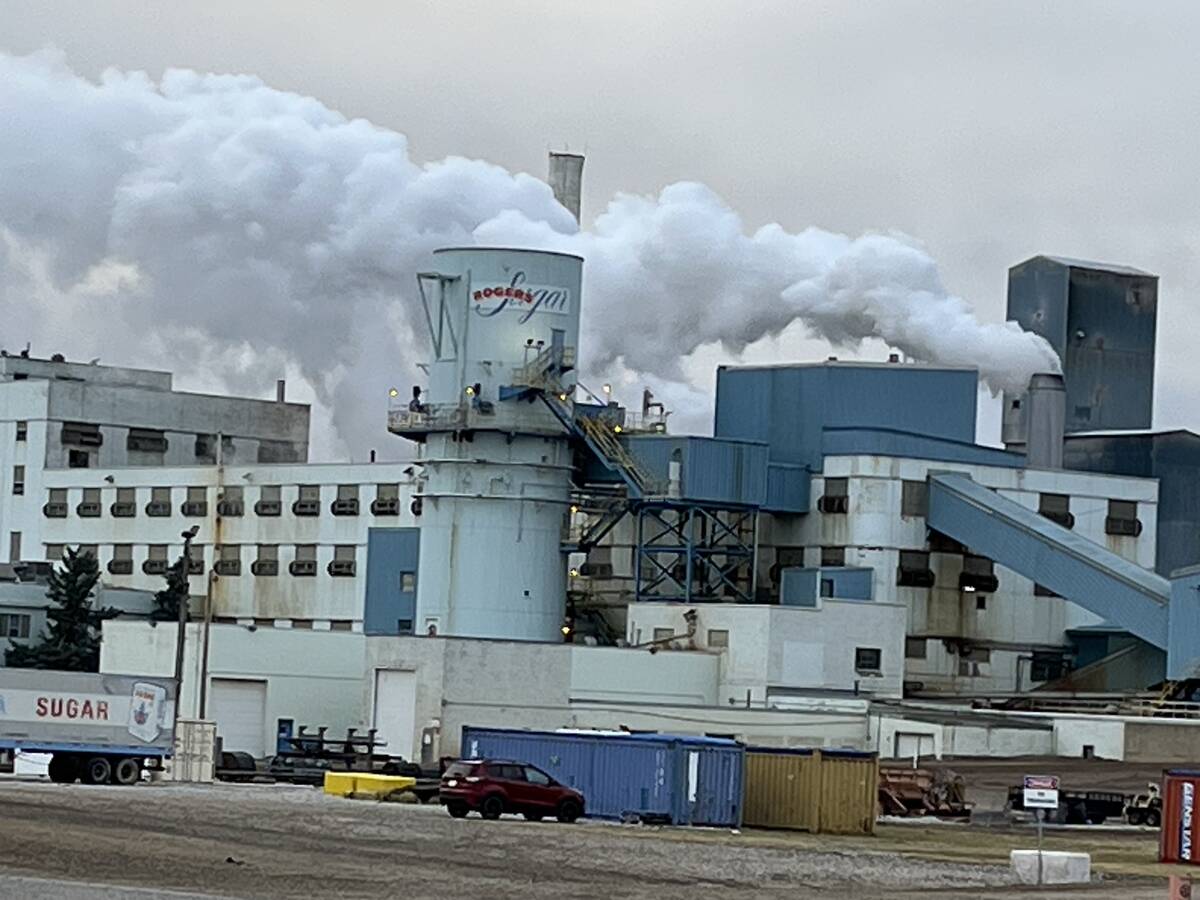REGINA — Farm equipment manufacturers have come off several years of record sales but are now returning to a more traditional market pace.
This has created challenges for many of those businesses, but sales aren’t universally down.
“In the near future, the industry will remain soft mainly due to continued (farm market) conditions,” said Benjamin Duyck, market intelligence director with American Equipment Manufacturers.
“We have seen that our (business) climate index has come down from our October (polling of agricultural equipment manufacturers).”
Agrievolution, a global association of farm machinery companies that has assessed the mood of the industry since 2010, said sales haven’t been this low since mid-2010 and the level of optimism in the industry hasn’t been this low since 2014.
Read Also

Sugar beet harvest underway in southern Alberta
Alberta Sugar Beet Growers hosts field tour to educate the public on the intricacies of the crop, its harvest process, and contracts with Lantic Sugar
The low optimism level is based largely on poor commodity prices and farmers’ limited need to replace new machinery.
The Agritech Business Barometer poll, which talked to 267 participants from China, Western Europe, India, Japan, South Korea, Brazil, Russia, Turkey, the United States and Canada, was completed with the assistance of regional and national machinery associations. Germany’s VDMA farm equipment group handles the data.
Sales and manufacturer optimism have failed to return to post-2010 levels after four years of record business.
The survey receives input from senior executives and collects opinions about the future, mood and actual sales.
Western European and North American farmers are not earning anything similar to the returns they made from 2008-13. As well, extensive retooling has left manufacturers with excess capacity developed during the boom.
Further reductions in sales are expected in North and Latin America, while some machinery makers are suggesting that Western Canada might be flat to rising slightly because of the strong dollar and higher operating hour accumulations on high horsepower tractors and combines.
However, AEM’s sales reports for May don’t fully support that optimism. Sales of new four-wheel-drive tractors were up 43 percent in May, year over year, with 81 versus 67 units being sold nationally. However, this is 13 percent lower than 2015 on a year to date basis, with 383 sales against 441 last year.
Combines year to date were down 10 percent, with 437 sales this year.
Eastern Asia and Africa led the Agritech Barometer with both optimism and sales growth, based mainly on increasing domestic markets and technological change to more modern farming practices.
Russian, Japanese and Turkish manufacturers said changes in government policies that encourage farmers to continue investing in machinery and technology are driving sales in those countries. Russian sentiments were likely hurt by continued credit constraints in that country.
Even so, sales of four-wheel-drive tractors jumped 60 percent this year to the end of April to 593 machines from 371.
Combines were up 62 percent with almost 1,400 sales, according to Rosagromasch, Russia’s equipment association.
American sales of four-wheel-drive tractors were down 31 percent and combines 29 percent so far in 2016 with 912 and 1,400 sales, respectively.
Duyck said global manufacturing is “levelling off at current lows.”














